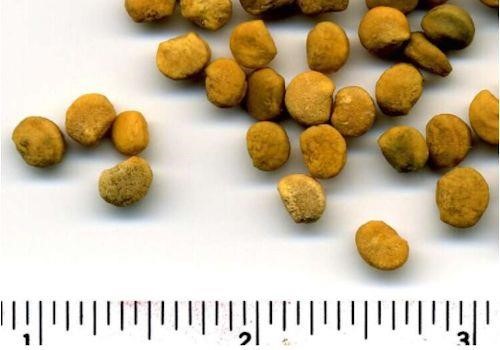Researchers sought to determine how many people are planting ginseng—and whether what people sell as "wild" is really wild, he added. The goal of the research was to more accurately inform efforts to conserve and promote forest farming of the species.
"With Pennsylvania exporting around 1,000 pounds of dried ginseng roots in most years during the past decade, we're trying to better understand where it all is coming from, since most forestlands in Pennsylvania are privately owned, and harvesting from public lands is not permissible," said Burkhart, who also is program director of Appalachian botany and ethnobotany at Penn State's Shaver's Creek Environmental Center.

Forest farmers in Pennsylvania often plant seeds acquired in online purchases from places outside the state. That germplasm threatens to weaken the gene pool of the plant, which is well adapted to thrive in Appalachian forests.
To reach their conclusions, the researchers used a confidential, annual survey sent to ginseng sellers over eight years in Pennsylvania to examine the extent to which forest farming and planting of commercially acquired seeds may contribute to wild ginseng harvest amounts.
In findings recently published in Economic Botany, the researchers reported that nearly three in ten ginseng root sellers revealed that some of the ginseng they sold as "wild" was produced using forest farming production methods involving scattering seeds in the forest. Better than one in four of planters indicated they used commercially available planting stock in these efforts, the researchers found.
Click here to see more...